-
main-collection-product-grid
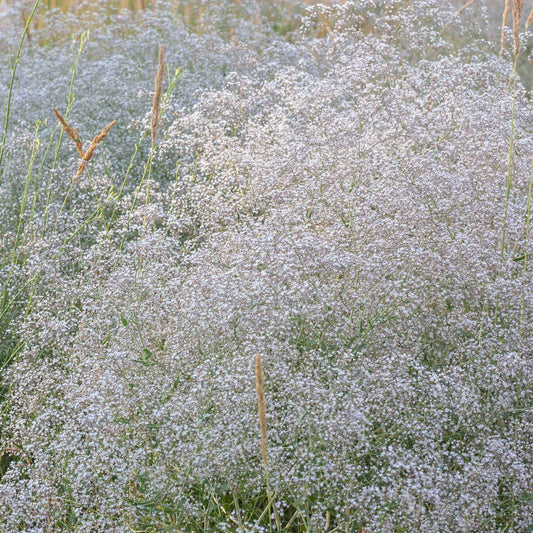
Perennial Babys Breath Seeds
Everything you love about the annual variety, with far less workOut of StockPerennial Babys Breath Seeds
Everything you love about the annual variety, with far less workRegular price As Low As $4.99Regular priceUnit price per -
main-collection-product-grid
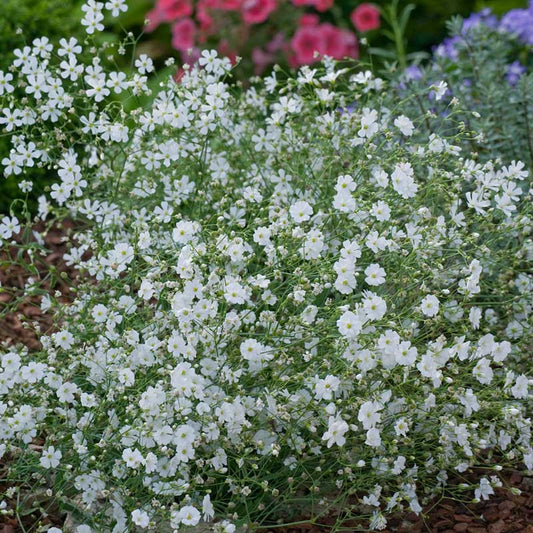
Babys Breath Seeds (Annual)
The go-to bouquet filler no florist can live withoutBabys Breath Seeds (Annual)
The go-to bouquet filler no florist can live withoutRegular price As Low As $4.49Regular priceUnit price per -
main-collection-product-grid
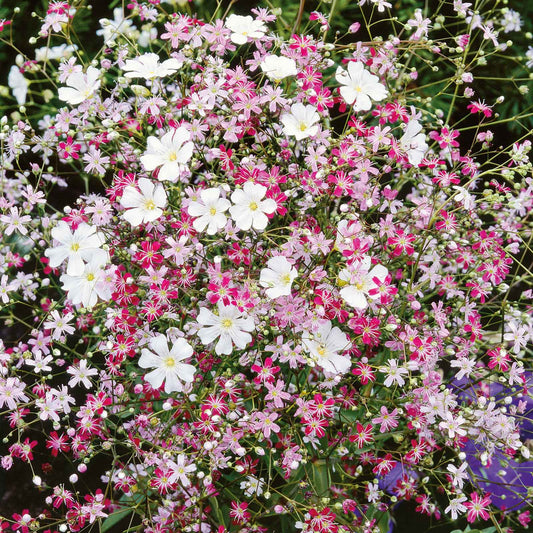
Babys Breath Seeds - Mixed
Swap your colorless baby's breath for these rosy bouquet fillersBabys Breath Seeds - Mixed
Swap your colorless baby's breath for these rosy bouquet fillersRegular price As Low As $4.49Regular priceUnit price per -
main-collection-product-grid
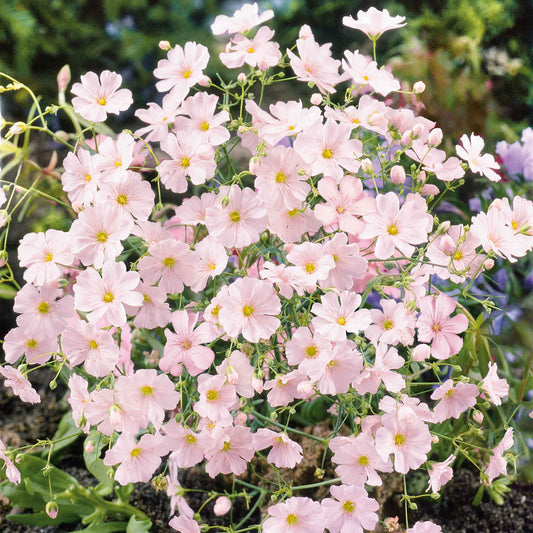
Babys Breath Seeds (Annual) - Pink
A fun, unique twist on the garden classicBabys Breath Seeds (Annual) - Pink
A fun, unique twist on the garden classicRegular price As Low As $4.49Regular priceUnit price per -
main-collection-product-grid
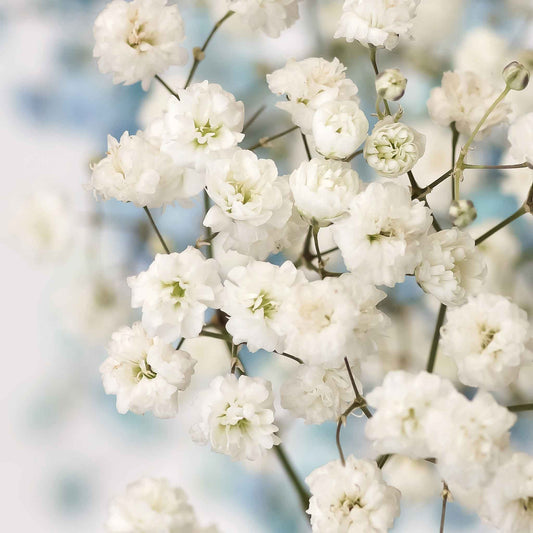
Babys Breath Seeds (Perennial) - Snowflake
A treasured heirloom variety that holds up year after yearOut of StockBabys Breath Seeds (Perennial) - Snowflake
A treasured heirloom variety that holds up year after yearRegular price As Low As $5.49Regular priceUnit price per
About growing baby's breath
- Quick-blooming
- Great filler for floral arrangements, both fresh or dried
- Simple to grow as long as the soil pH is accurate
- Symbolizes sincerity, love, trust, and romance
add baby's breath to your garden
Baby's breath, also known as Gypsophila paniculata, is an incredibly popular variety of flowers with over 100 annual and perennial species. They are native to Europe, Africa, Asia, and Australia, but are successfully grown all over the United States. While popularized, and perhaps overused at times by some florists, baby's breath is still a wonderful garden addition. And with so many different varieties to choose from, you might be surprised to discover all that this well-known flower has to offer. Some form an attractive ground cover due to their creeping growth habit. Others grow more upright and contained with long, extensive branches growing from their slim stems. Once in bloom, they are covered in tiny, five-petaled flowers that are white or pink on color. Butterflies and other pollinators can be seen frequenting these dainty flowers for a smorgasbord of nectar.
easily grow baby's breath
To plant baby's breath, find a location in your garden that has well-draining soil. Dry, less acidic soils nestled in full sun (six to eight hours a day) is ideal. Optimal soil pH is between 7.0 and 7.4, though the plant will tolerate a pH up to 8.0. You can add lime to soils to increase pH before planting if necessary. Once you are ready to plant, proceed by broadcasting the seeds, or sow seeds evenly in rows eight to ten inches apart. Seedlings can be thinned out to be about eight to ten inches apart from one another after growing to a height of one inch tall. Once they are established, baby's breath will require almost no care, provided the soil conditions remain well-drained and slightly alkaline.
encourage baby's breath blooms
After flowers become spent, you can cut them back to encourage a second flush of blooms. Take caution when you are cutting back flowers as it's best to avoid disturbing the stalks once the plants are established. If the stalks become tall enough to start falling over, staking will be needed. Luckily, baby's breath is highly drought-tolerant and deer resistant, making it relatively low maintenance.
For more information about planting, growing, and caring for baby's breath, see the Baby's Breath Seeds Planting Guide.




